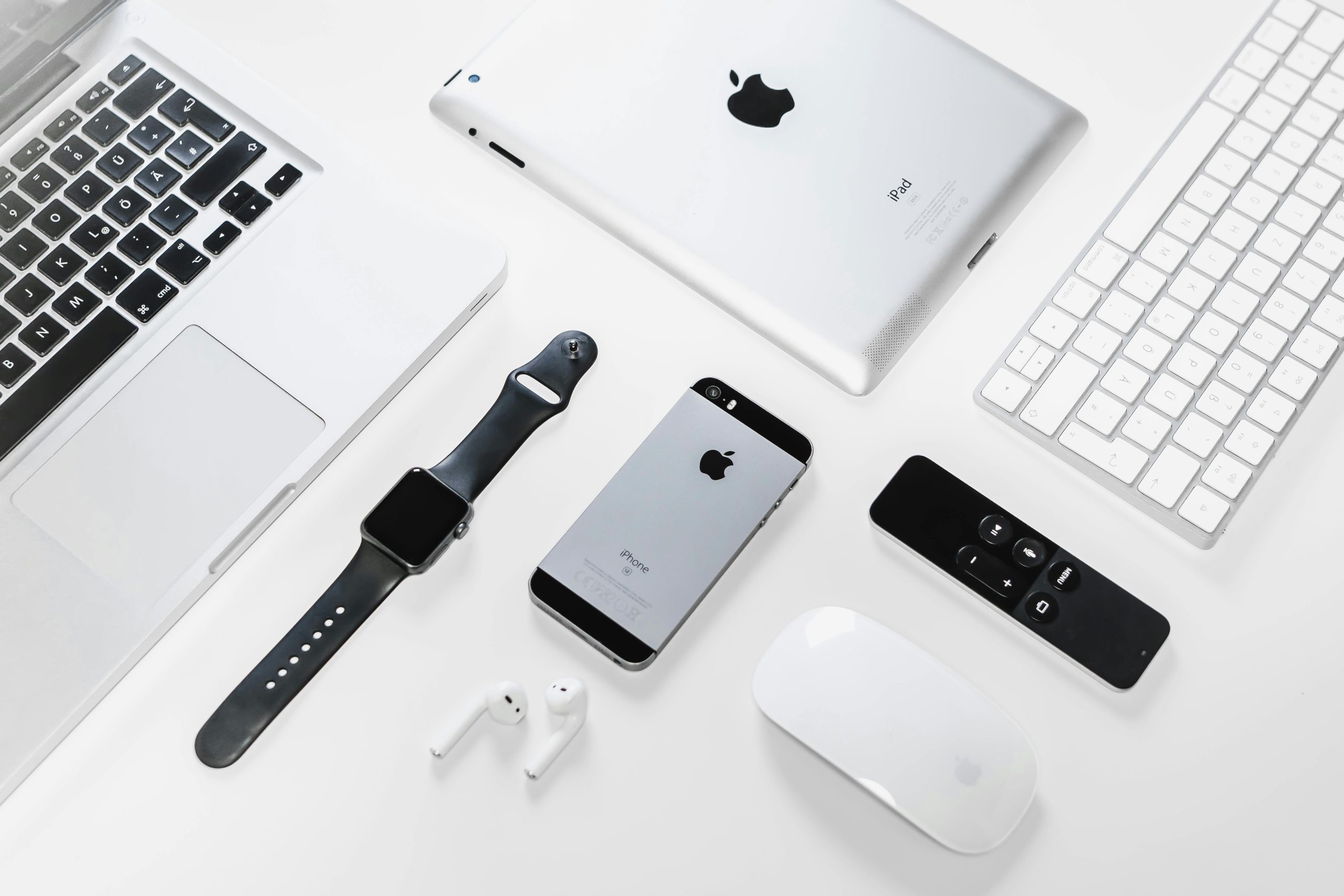A Comprehensive How-To Guide: Setting Up Linux Mint

Linux Mint has solidified its position as one of the most user-friendly and accessible Linux distributions, making it an excellent choice for those transitioning from Windows or macOS, as well as for seasoned Linux enthusiasts. Its intuitive interface, robust feature set, and commitment to a “just works” philosophy have made it a favorite for millions. This guide provides a comprehensive, step-by-step approach to setting up Linux Mint, covering everything from initial download to post-installation customization and optimization, drawing on the latest information available for 2024-2025.
Section 1: Understanding Linux Mint and Its Editions
Linux Mint is a community-driven distribution based on Ubuntu, which in turn is based on Debian. This lineage provides a stable and powerful foundation, packed with a wide array of free and open-source applications. As of 2024-2025, Linux Mint continues to be a top recommendation for beginners due to its familiar desktop environments and ease of use.
Desktop Environments
Linux Mint offers three primary desktop environments, each catering to different user preferences and system capabilities:
- Cinnamon: This is the flagship desktop environment, developed by the Linux Mint team. It offers a modern, polished, and highly customizable experience that closely resembles the traditional Windows interface, making it very familiar for new users. Cinnamon 6.x, featured in Linux Mint 22, brings refined visuals, smoother animations, and modernized panels.
- MATE: A continuation of the classic GNOME 2 desktop, MATE provides a traditional, stable, and resource-efficient experience. It uses fewer resources than Cinnamon, making it a good option for older hardware.
- Xfce: This is the most lightweight desktop environment, designed for maximum stability and minimal resource usage. Xfce is an excellent choice for very old computers or for users who prioritize speed and efficiency above all else.
System Requirements (2024-2025)
While Linux Mint is known for its ability to run on older hardware, meeting the recommended specifications will ensure a smoother and more comfortable experience. The minimum and recommended system requirements for Linux Mint 22 (released in 2024) are as follows:
- RAM: 2 GB minimum, 4 GB recommended for comfortable usage. Many users suggest 8 GB for optimal performance.
- Disk Space: 20 GB minimum, 100 GB recommended. A Solid State Drive (SSD) is highly recommended for faster boot and application loading times.
- Screen Resolution: 1024×768.
- Processor: 64-bit processor.
- Other: USB ports for installation media, internet access for updates and software installation.
Section 2: Preparing for Installation
Before you can install Linux Mint, you need to prepare your installation media and ensure your system is ready.
Step 1: Downloading the Linux Mint ISO
The first step is to download the Linux Mint ISO image file. Visit the official Linux Mint website ([https://www.linuxmint.com/](https://www.linuxmint.com/)) and navigate to the download section. You will be presented with the different editions (Cinnamon, MATE, Xfce). Choose the edition that best suits your needs and download the ISO file. The ISO file size is typically around 3 GB.
Step 2: Creating a Bootable USB Drive
Once you have the ISO file, you need to create a bootable USB drive. This will allow your computer to boot from the USB and start the installation process.
- For Windows Users: A popular and reliable tool for creating bootable USB drives is Rufus. Download the latest version of Rufus from its official website ([https://rufus.ie/en/](https://rufus.ie/en/)). Insert your USB drive (at least 8 GB recommended), open Rufus, select your USB drive under “Device,” and then click “Select” under “Boot selection” to choose the downloaded Linux Mint ISO file. Ensure the Partition Scheme (MBR or GPT) is set correctly based on your system’s partition style. Click “Start” to begin flashing the ISO to the USB drive.
- For Linux Users: Etcher is a recommended tool for creating bootable USB drives on Linux. Download and install Etcher, then follow a similar process: select the USB drive, choose the ISO file, and start the flashing process.
Important Note: Ensure your USB drive has at least 8 GB of storage. Using a USB 3.0 or faster drive is recommended for a quicker process, provided your computer’s hardware supports it.
Step 3: Backing Up Your Data
Before proceeding with any operating system installation, it is crucial to back up all your important data. This includes documents, photos, videos, and any other personal files. You can use an external hard drive, cloud storage, or another reliable method to ensure your data is safe.
Section 3: Installing Linux Mint
With your bootable USB drive ready and your data backed up, you can now begin the installation process.
Step 1: Booting from the USB Drive
Insert the bootable Linux Mint USB drive into your computer and restart it. As the computer boots, you will need to access the boot menu or BIOS/UEFI settings to change the boot order. The key to access these settings varies by manufacturer, but common keys include F2, F10, F12, DEL, or ESC. Look for on-screen prompts during startup. Once in the boot menu, select your USB drive as the primary boot device.
Step 2: Launching the Installer
After booting from the USB drive, you will see the Linux Mint live environment. On the desktop, you will find an icon labeled “Install Linux Mint.” Double-click this icon to launch the installer.
Step 3: The Installation Process
The installer will guide you through several steps:
- Language Selection: Choose your preferred language for the installation process and the operating system.
- Keyboard Layout: Select your keyboard layout.
- Install Multimedia Codecs: It is highly recommended to check the box to install multimedia codecs. These are essential for playing various audio and video formats, as well as for certain web content.
- Installation Type: This is a critical step. You will have several options:
- Erase disk and install Linux Mint: This option will wipe your entire hard drive and install Linux Mint. Use this if you want a clean installation and have backed up all your data.
- Install Linux Mint alongside [Existing OS]: If you have another operating system (like Windows) installed, this option allows you to dual-boot, giving you the choice of which OS to load at startup.
- Something else: This advanced option allows you to manually partition your hard drive, giving you full control over where Linux Mint is installed. This is recommended for users who want to create custom partition schemes, such as separate partitions for the root directory (
/) and swap space.
- Partitioning (if “Something else” is chosen): Linux Mint requires at least one partition mounted on the root directory (
/). A minimum of 15 GB is needed, but 100 GB or more is recommended for ample space. A swap partition is also recommended for hibernation and as a buffer for RAM. The ext4 filesystem is the standard and recommended choice. - Location: Select your time zone.
- User Information: Create your user account by entering your name, a computer name, a username, and a strong password. You can also choose whether to require your password upon login.
Click “Install Now” to begin the installation. The process will copy files to your hard drive and configure the system. This can take some time, so be patient.
Step 4: Completing the Installation
Once the installation is complete, you will be prompted to restart your computer. Remove the USB drive when prompted and press Enter. Your computer will then boot into your newly installed Linux Mint system.
Section 4: Post-Installation Steps and Customization
After successfully installing Linux Mint, there are several important steps and customization options to enhance your experience.
Step 1: System Updates
The very first thing you should do after booting into Linux Mint is to update your system. Open the “Update Manager” (accessible from the main menu or by searching for it) and click “Install Updates.” This ensures you have the latest security patches and software versions.
Step 2: Install Drivers
Linux Mint usually detects and installs most hardware drivers automatically. However, for specific hardware like NVIDIA graphics cards or certain Wi-Fi adapters, you might need to install proprietary drivers for optimal performance. Access the “Driver Manager” from the main menu to check for and install recommended drivers.
Step 3: Explore the Software Manager
Linux Mint comes with a user-friendly “Software Manager” that allows you to easily search for, install, and remove applications. It provides access to a vast repository of software, including popular applications like LibreOffice, VLC, GIMP, and Firefox. The Software Manager in Linux Mint 22.1 has been improved for faster loading and includes enhanced security features, such as warnings for unverified Flatpak packages.
Step 4: Customizing Your Desktop
Linux Mint, especially with the Cinnamon desktop environment, offers extensive customization options to personalize your workspace.
- Change Wallpaper: Right-click on the desktop and select “Change desktop background” to choose from a variety of included wallpapers or add your own.
- Themes and Icons: Access “System Settings” > “Appearance” to change the overall theme, window borders, icons, and mouse pointer. You can find numerous community-made themes and icon packs online to further personalize your system.
- Fonts: In “System Settings” > “Fonts,” you can change the fonts used throughout the system, adjust their size, and fine-tune their appearance for better readability.
- Desklets and Applets: Cinnamon offers desklets (small desktop widgets) and applets (panel applets) that can add functionality like weather information, system monitors, and more. These can be managed through “System Settings.”
- Panel Customization: You can move, resize, and add or remove applets from the panel to suit your workflow.
Step 5: System Tweaks and Optimization
To further enhance your Linux Mint experience, consider these optimizations:
- Kernel Updates: For newer hardware or improved performance, especially for gaming, consider updating to a newer Linux kernel. This can be done through the Update Manager by selecting “View” > “Linux Kernels.” The “edge” ISO often includes a more up-to-date kernel out of the box.
- Power Modes: Linux Mint 22.1 introduced power modes (power-saver, balanced, performance) to help optimize battery life and system performance. These can be accessed through system settings.
- Security Hardening: Regularly update your system, configure the firewall (UFW), and consider security best practices like disabling root login for direct access and using strong passwords.
- Backup Solutions: Utilize tools like Timeshift for system snapshots and backups of your home directory to protect your data against system failures or accidental changes.
Section 5: Troubleshooting Common Issues
While Linux Mint is generally stable, you might encounter occasional issues. Here are some common troubleshooting steps:
- System Logs: System logs often contain valuable information about errors. You can access them through the “System Logs” tool or using commands like
dmesgorjournalctlin the terminal. - Community Support: The Linux Mint community is a great resource for help. The official Linux Mint forums and Reddit communities (like r/linuxmint) are excellent places to ask questions and find solutions.
- Reproducing Issues: When reporting bugs, try to reproduce the issue consistently. This helps developers identify and fix the problem more effectively.
- Driver Issues: If you experience problems with graphics or Wi-Fi, check the Driver Manager for alternative drivers.
By following this comprehensive guide, you should be well-equipped to install and set up Linux Mint, transforming it into a personalized and efficient operating system tailored to your needs. Enjoy your Linux Mint experience!










